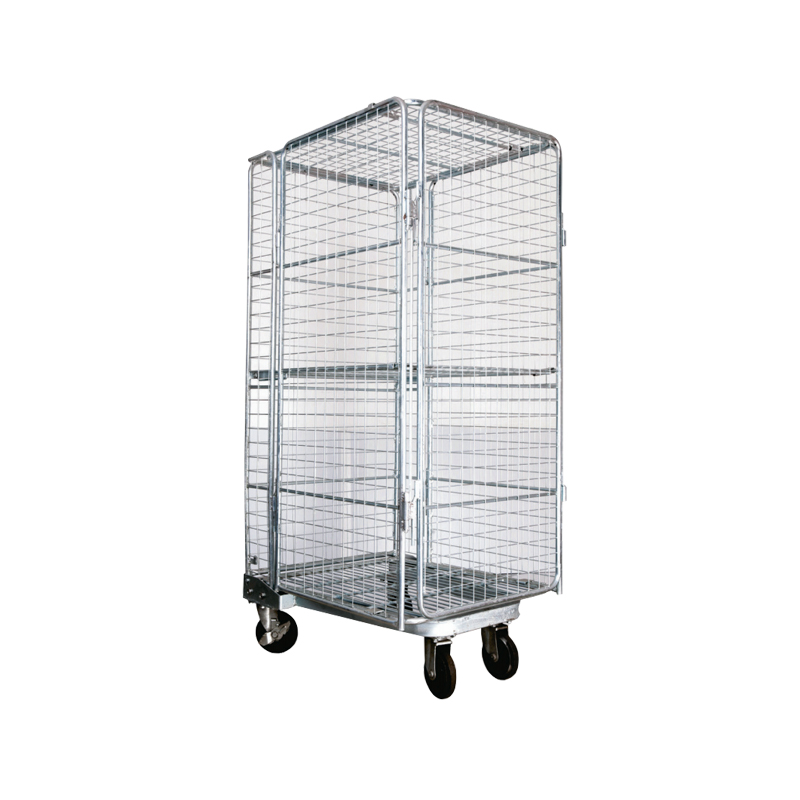Whether transporting heavy rolls in a warehouse or navigating tight spaces in a healthcare facility, the choice of materials directly impacts longevity, safety, and performance. Let’s dive into the science behind what makes these trolleys stand out, blending cutting-edge engineering with sustainable practices.
Material Composition Breakdown: The Heart of Roll Cage Trolley Strength
At the core of every roll cage trolley is its material composition, meticulously engineered to balance strength, weight, and resistance. High-strength steel alloys are often the star of the show, offering unparalleled durability for frames and mesh walls. These alloys, like ASTM A36 or EN 10025 grades, are chosen for their load-bearing capacity and corrosion resistance, ensuring the trolley can handle repeated stress without bending or breaking. Meanwhile, wheels might feature polyurethane or nylon composites—materials that blend smooth rolling with resistance to chemicals and abrasion.
But material science doesn’t stop at the frame. Plastics used in pallets or dividers are no exception. For instance, reinforced polypropylene or high-density polyethylene (HDPE) are favored for their lightweight yet rigid properties, reducing strain on operators while maintaining structural integrity. Even the smallest components, like hinges or locking mechanisms, undergo rigorous testing to ensure they meet industrial standards (e.g., ISO 9001), guaranteeing seamless integration into demanding workflows.

Environmental Impact & Sustainability: Building a Greener Future for Roll Cage Trolleys
In an era where sustainability is non-negotiable, manufacturers are reimagining how roll cage trolleys align with eco-conscious goals. Many now incorporate recycled materials into their designs, such as reclaimed steel or bio-based polymers, slashing reliance on virgin resources. The shift to recyclable components also supports circular economies, allowing end-of-life trolleys to be repurposed rather than ending up in landfills.
Beyond material choices, energy-efficient production processes are reshaping the industry. Advanced manufacturing techniques, like laser-cutting or robotic welding, minimize waste while maximizing precision. Some brands even publish lifecycle assessments, comparing the carbon footprint of their roll cage trolleys to competitors, proving that durability and sustainability aren’t mutually exclusive. Innovations like algae-based resins or carbon-neutral coatings further position these trolleys as leaders in eco-friendly industrial solutions.
Why Material Science Matters to You
The next time you evaluate a roll cage trolley, think beyond its price tag. Ask about the materials’ certifications, their adaptability to harsh environments, and how they align with your sustainability goals. Whether you’re outfitting a warehouse for heavy-duty logistics or a hospital for sterile transport, the right materials ensure your investment isn’t just a tool—it’s a long-term solution that evolves with your needs.
From steel alloys to smart plastics, the marriage of material science and practical design isn’t just about building a trolley; it’s about crafting a resilient, future-ready asset that drives efficiency without compromising the planet. The roll cage trolley isn’t just a workhorse—it’s a testament to innovation in motion.
